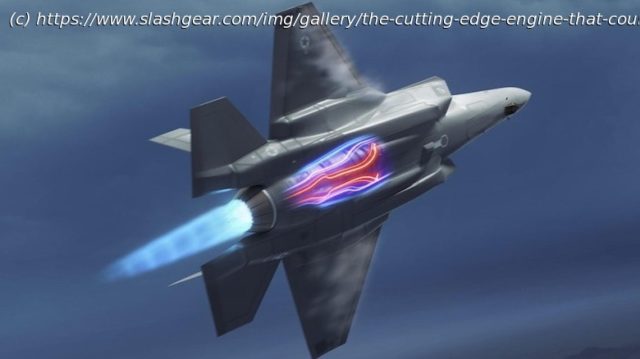GE Aerospace and Pratt & Whitney have high-tech adaptive engines in development that will be more efficient and perform better than current solutions.
The evolution of warplanes never stops. While high-tech fifth-generation fighters like the F-22 Raptor and the advanced F-35 Lightning are considered among the upper echelons of technology in aerial warfare, military planners are constantly thinking ahead. The United States Air Force’s sixth-generation fighter jet concept exemplifies this. The Next Generation Air Dominance (NGAD) initiative, as the program is known, aims to ensure that the USAF remains the world’s dominant air force. The clue is in the name.
A major part of this initiative is the development of new power plants via a program known as the Next Generation Adaptive Propulsion (NGAP). Under this program, two companies, GE Aerospace (GE) and Pratt & Whitney (P&W), have been awarded $3.5 billion contracts to develop new engine prototypes. Some of the technologies incorporated in the new power plant were originally developed by the companies under the Adaptive Engine Transition Program, an initiative intended to upgrade the F-35 Lightning jet.
However, the program was shelved, and the resources were allocated to the NGAP program. The engines, known as XA102 (GE) and XA103 (P&W), are core parts of the NGAD program and are expected to provide enhanced thermal and power management, durability, and fuel efficiency.
Home
United States
USA — IT The Cutting-Edge Engine That Could Power America's 6th-Generation Fighter Jets






